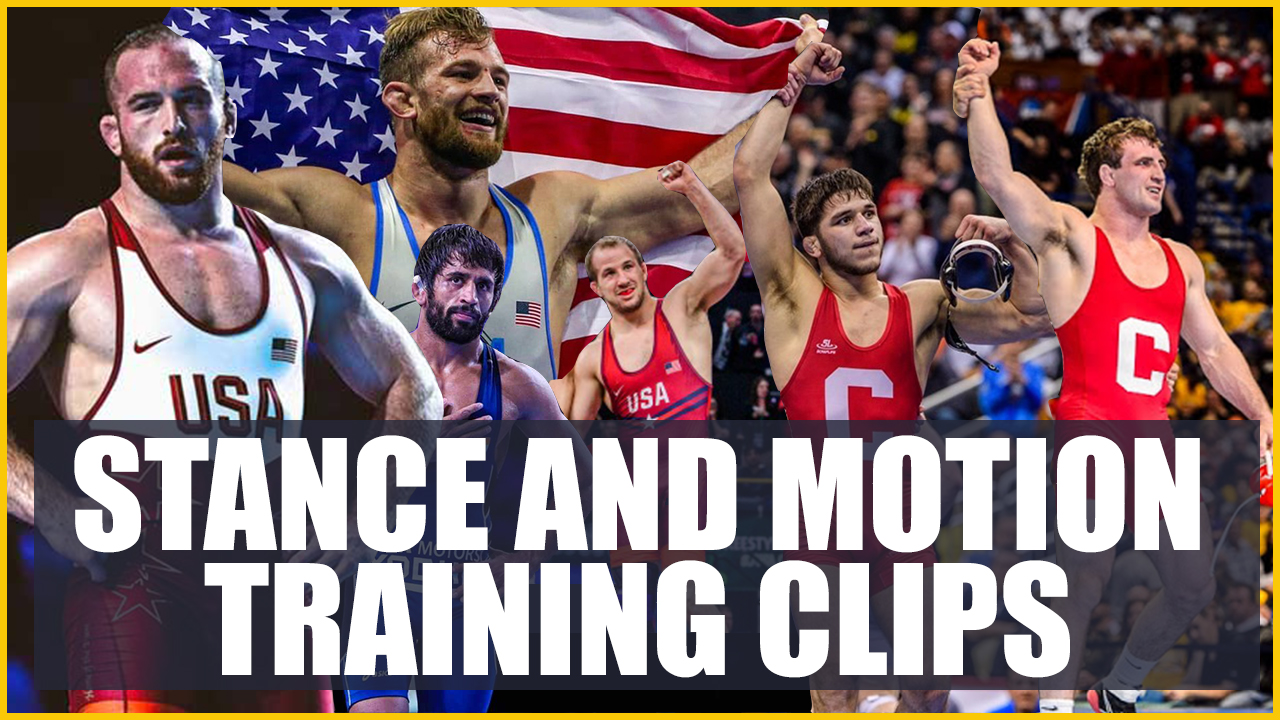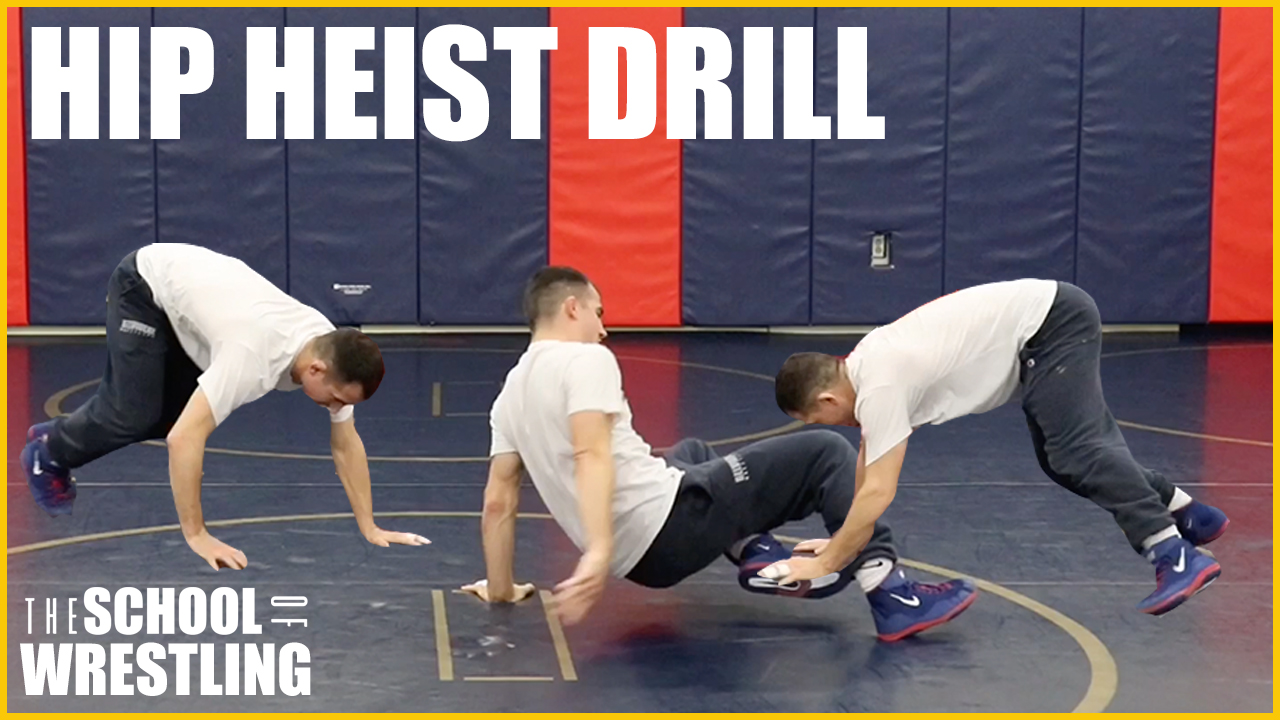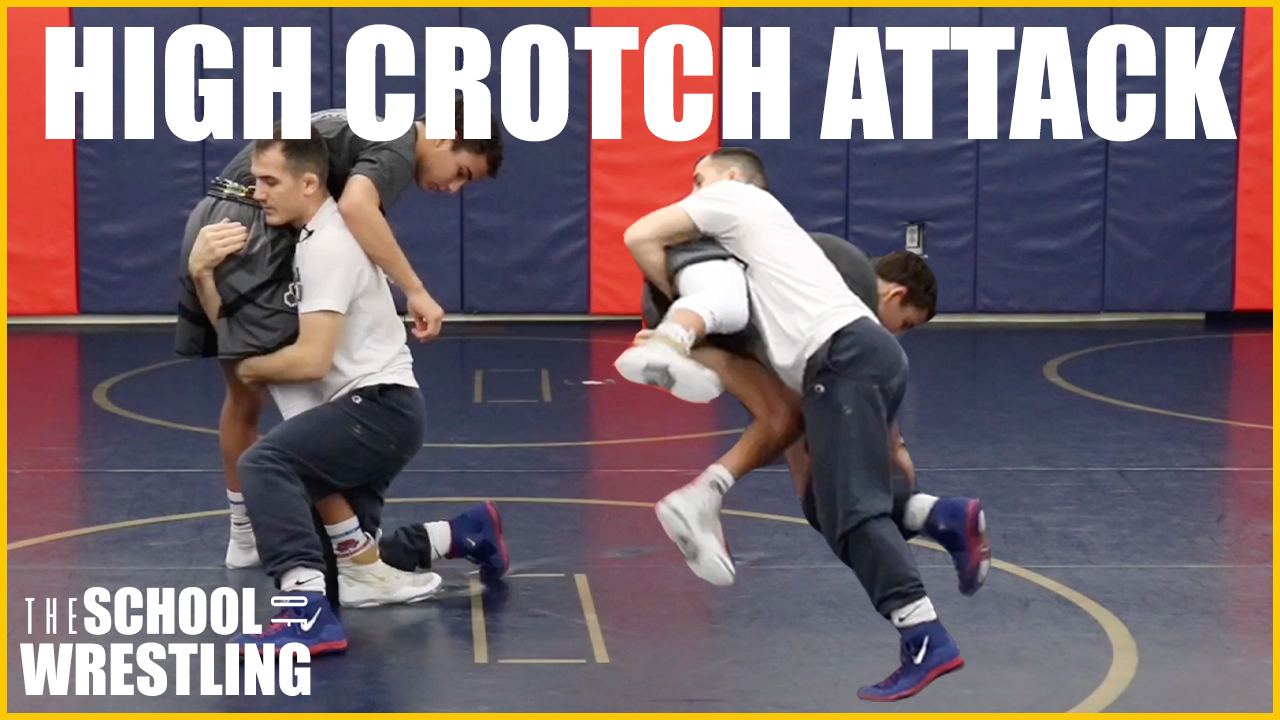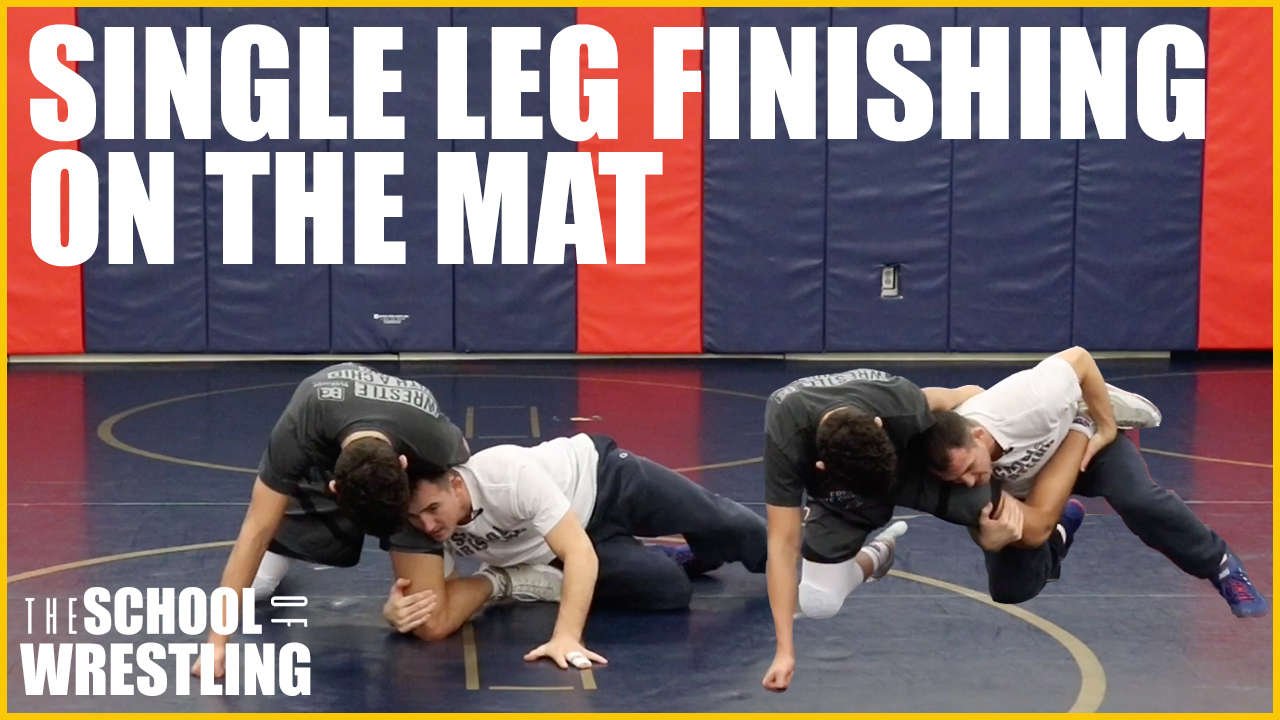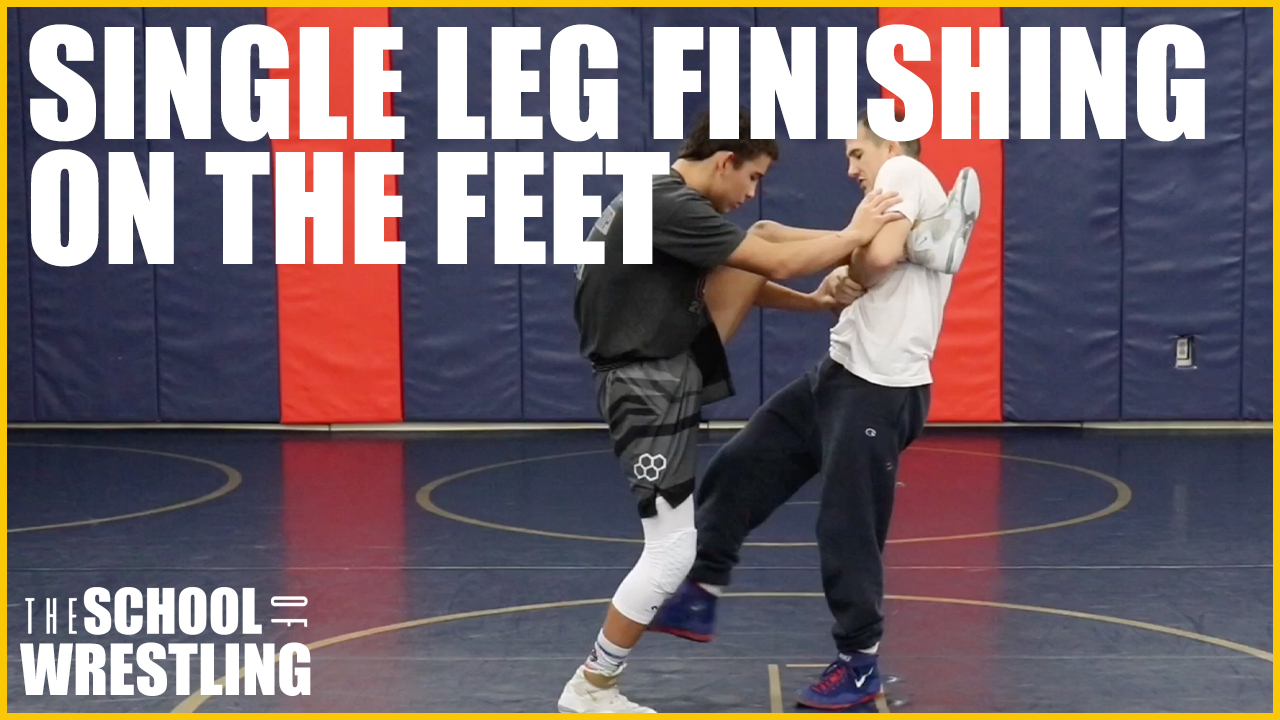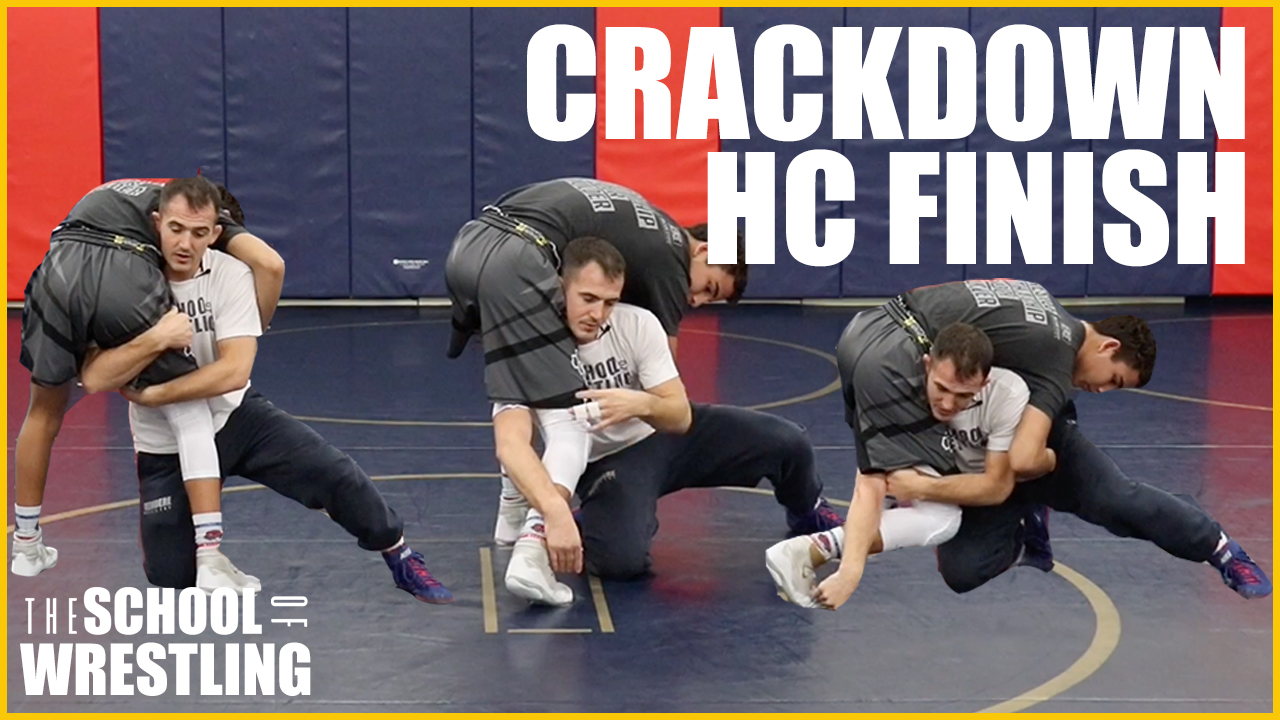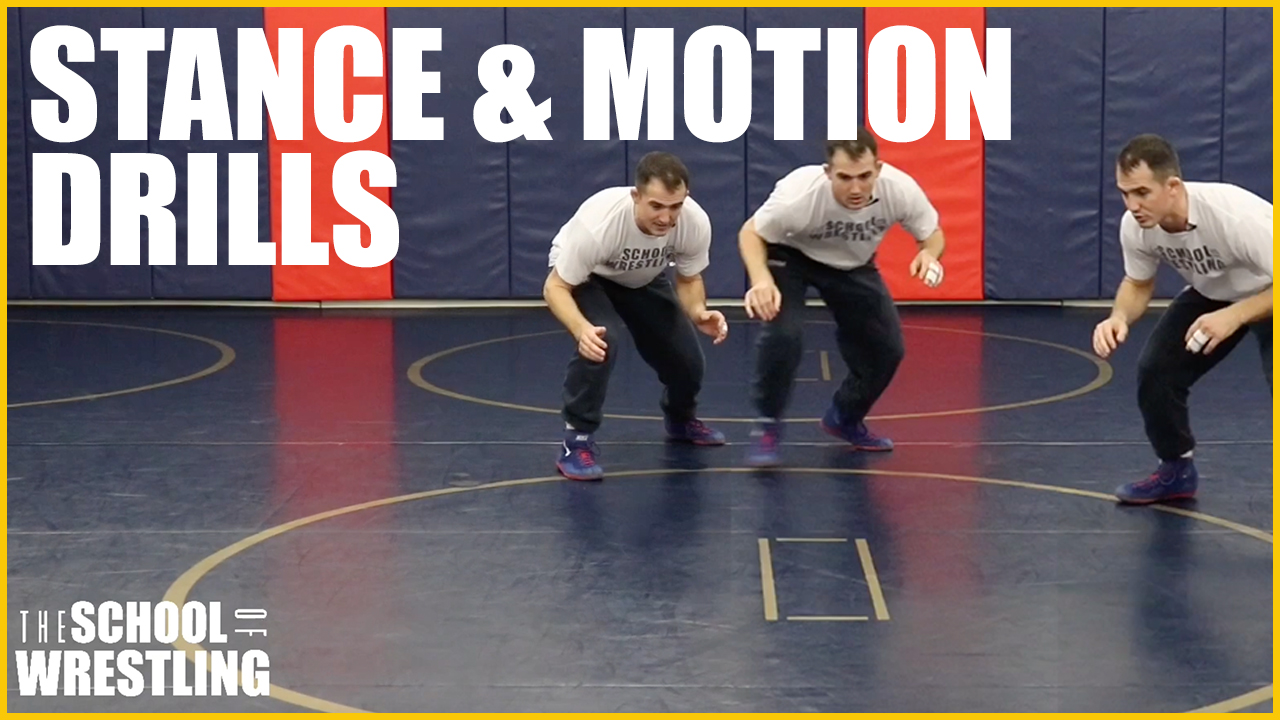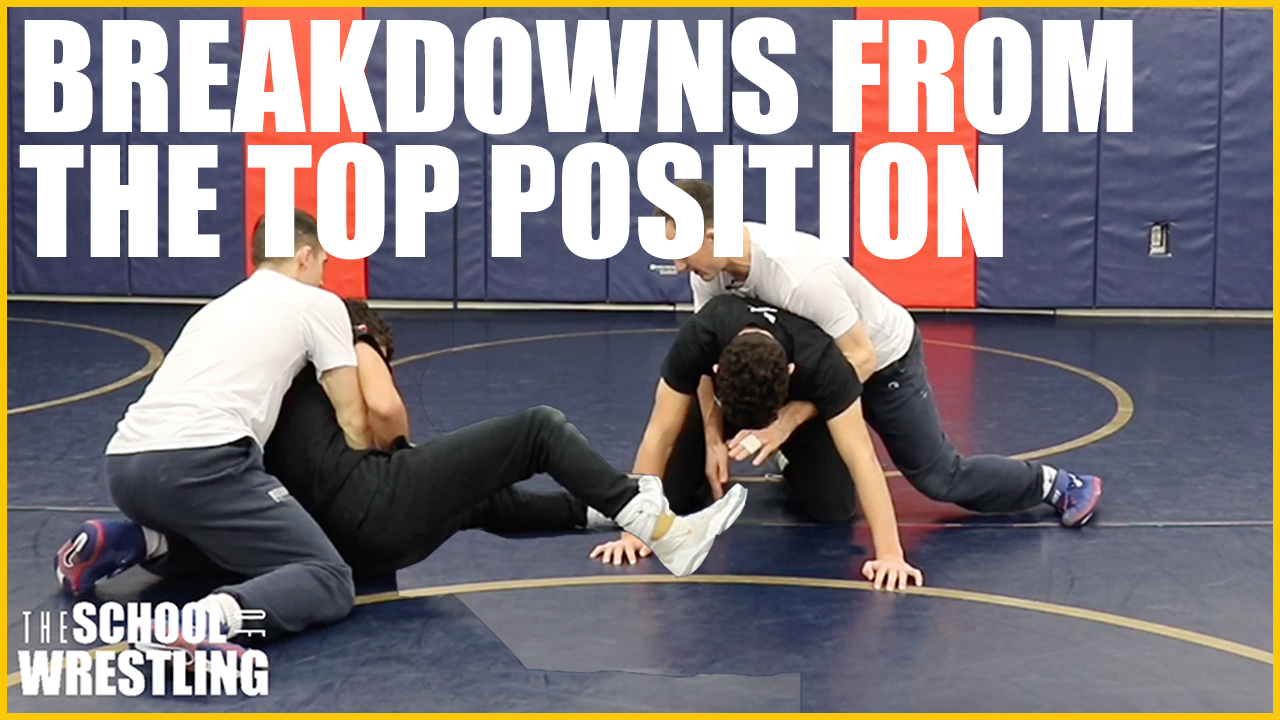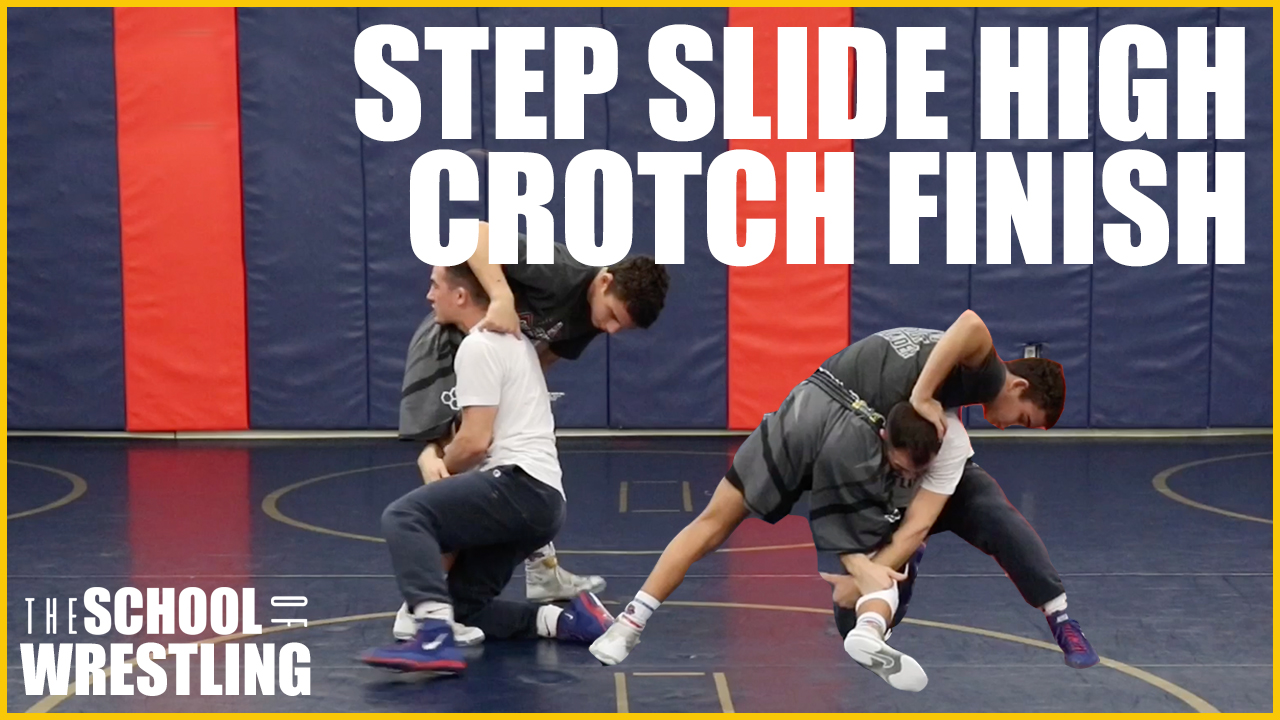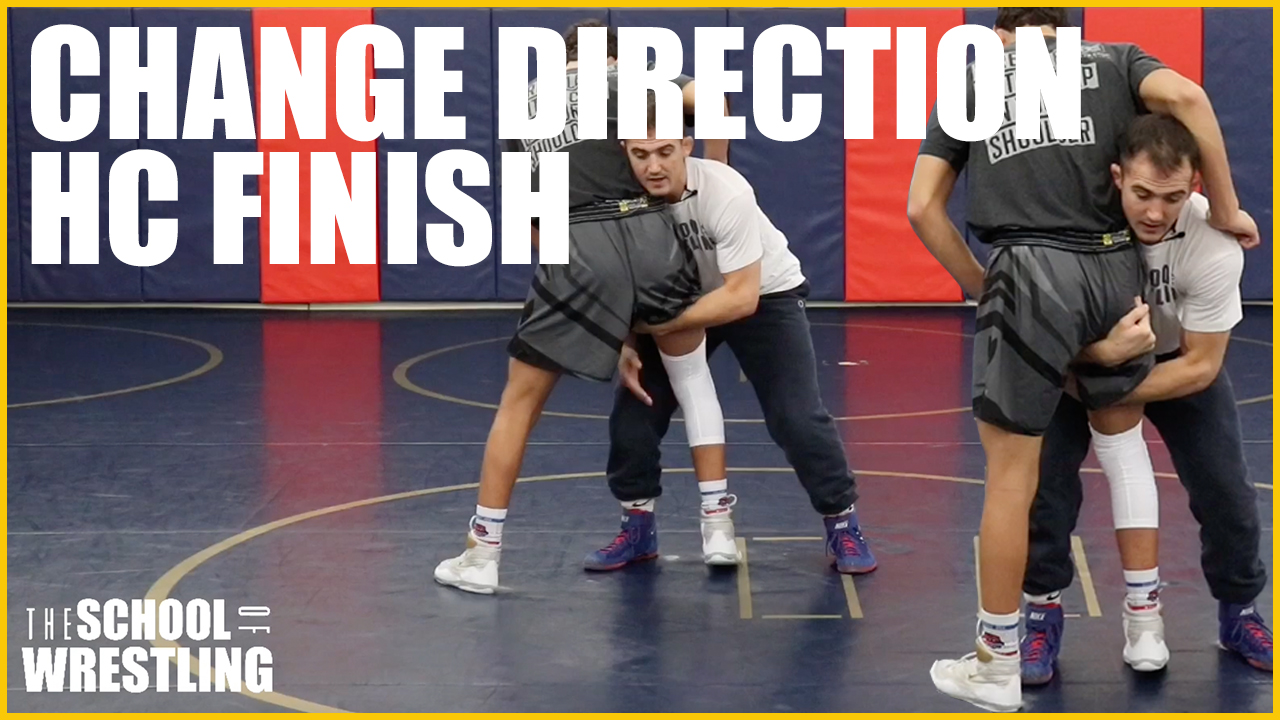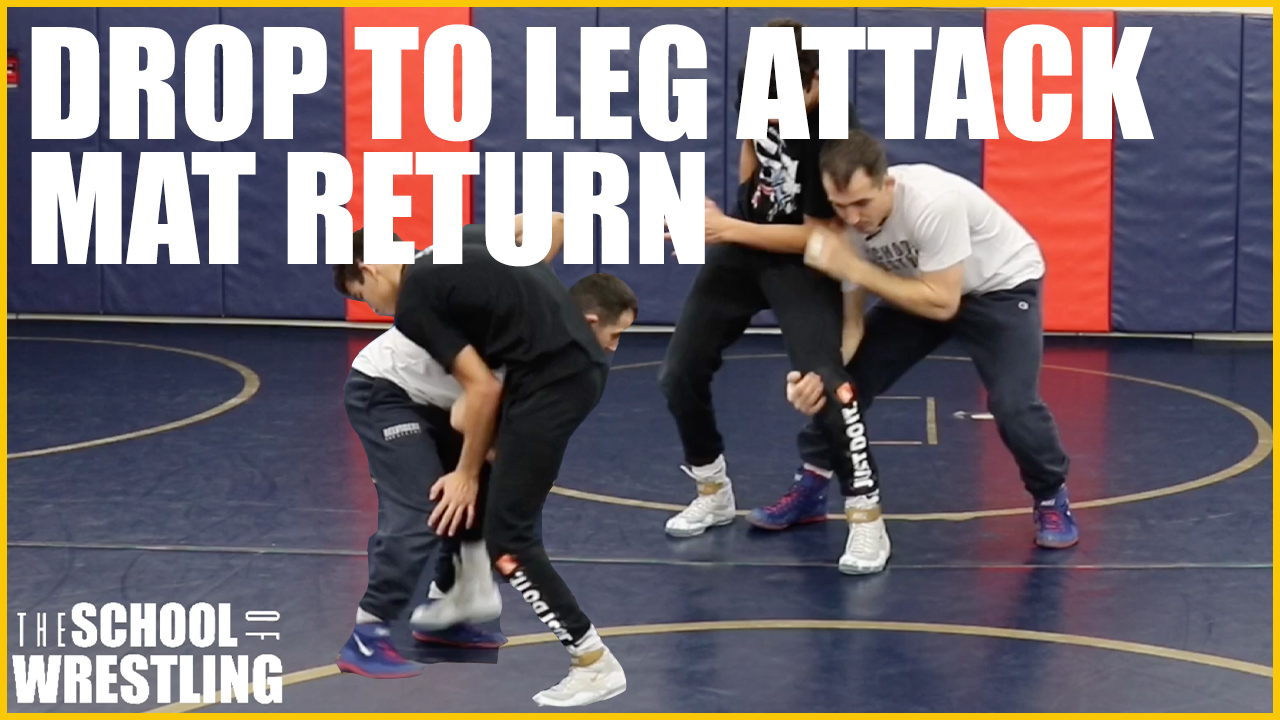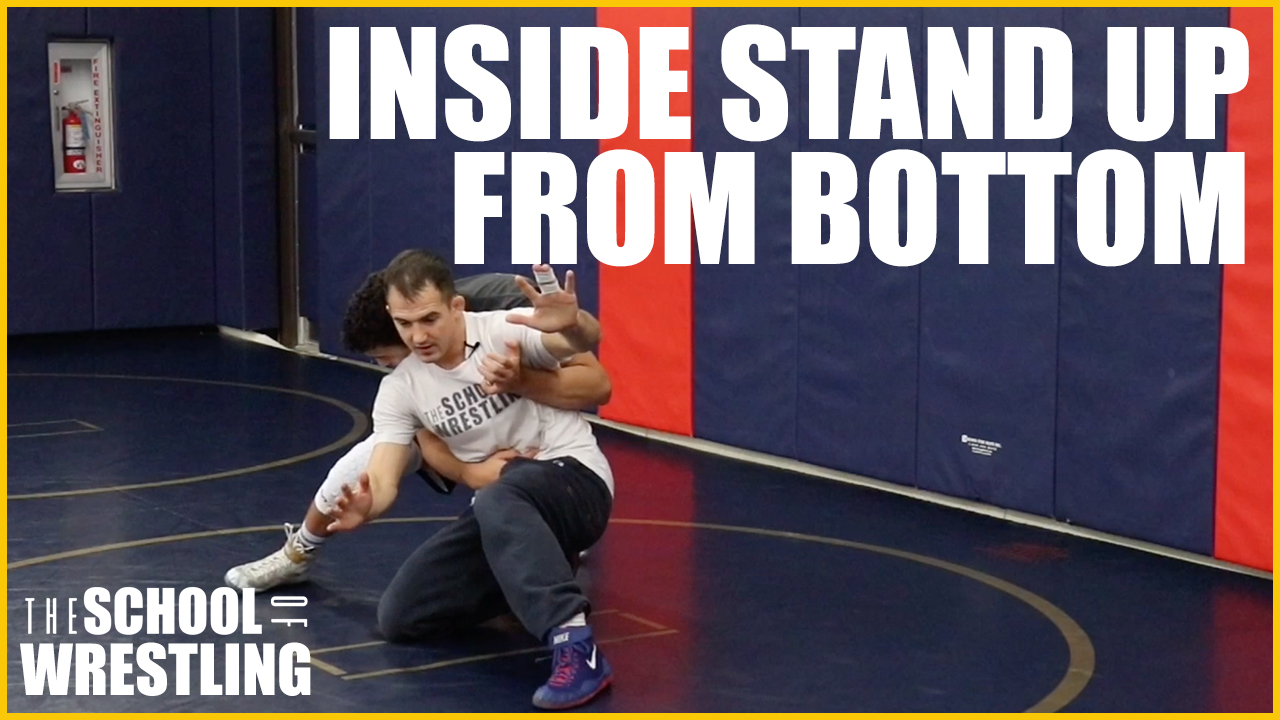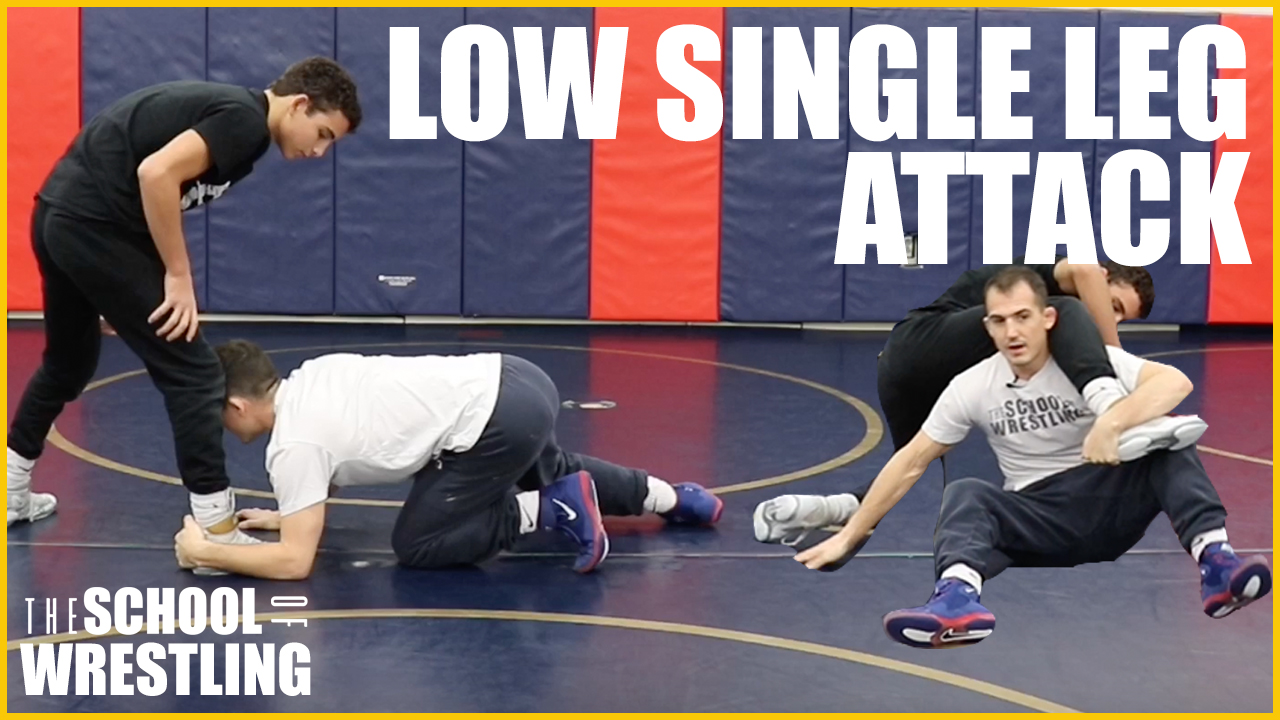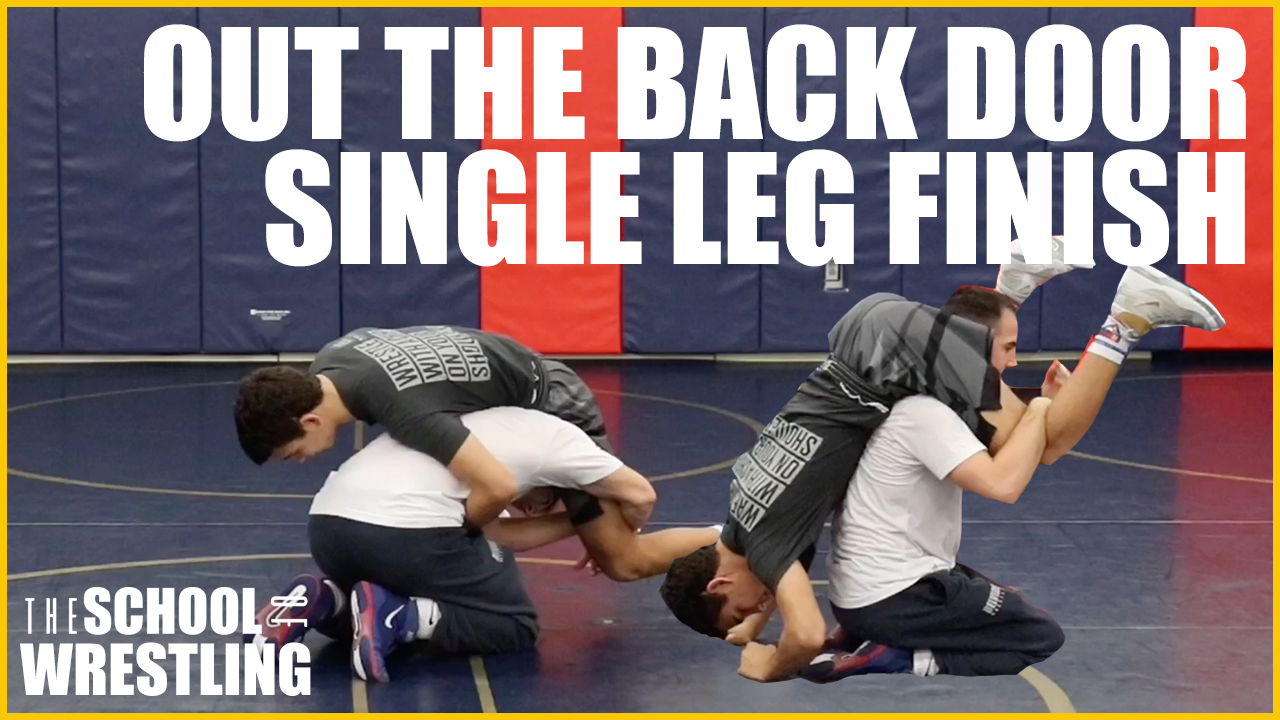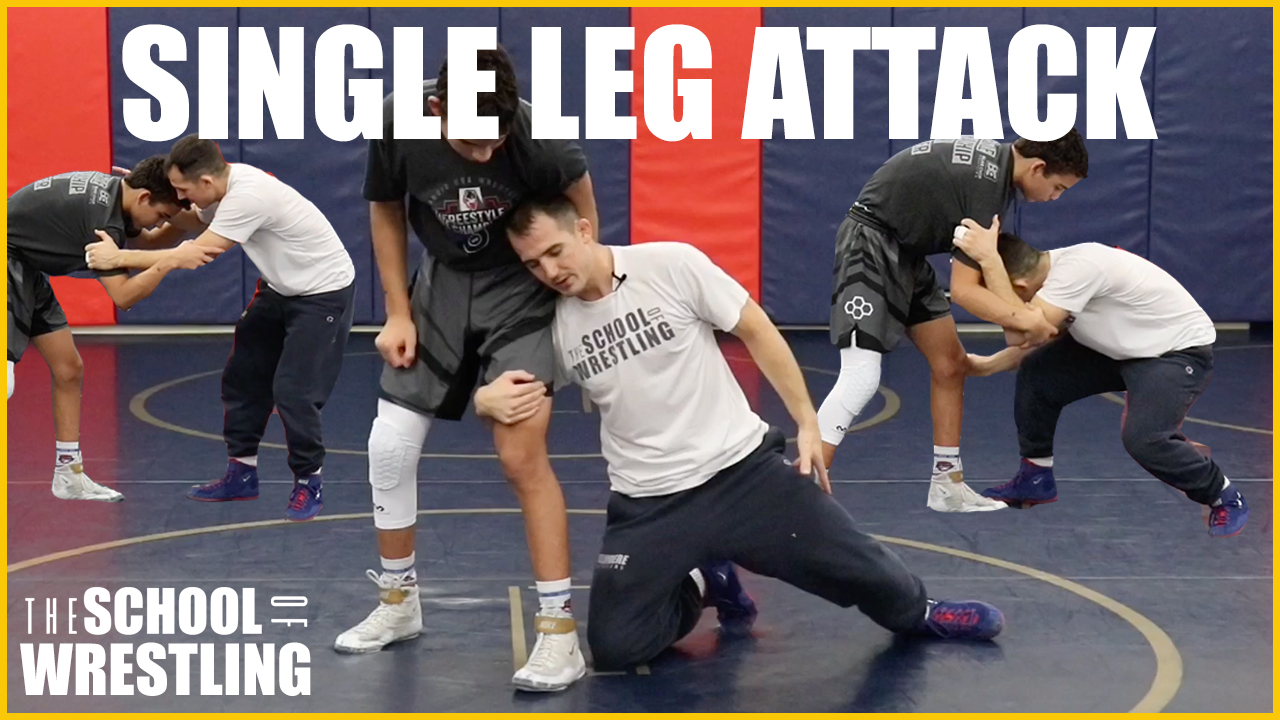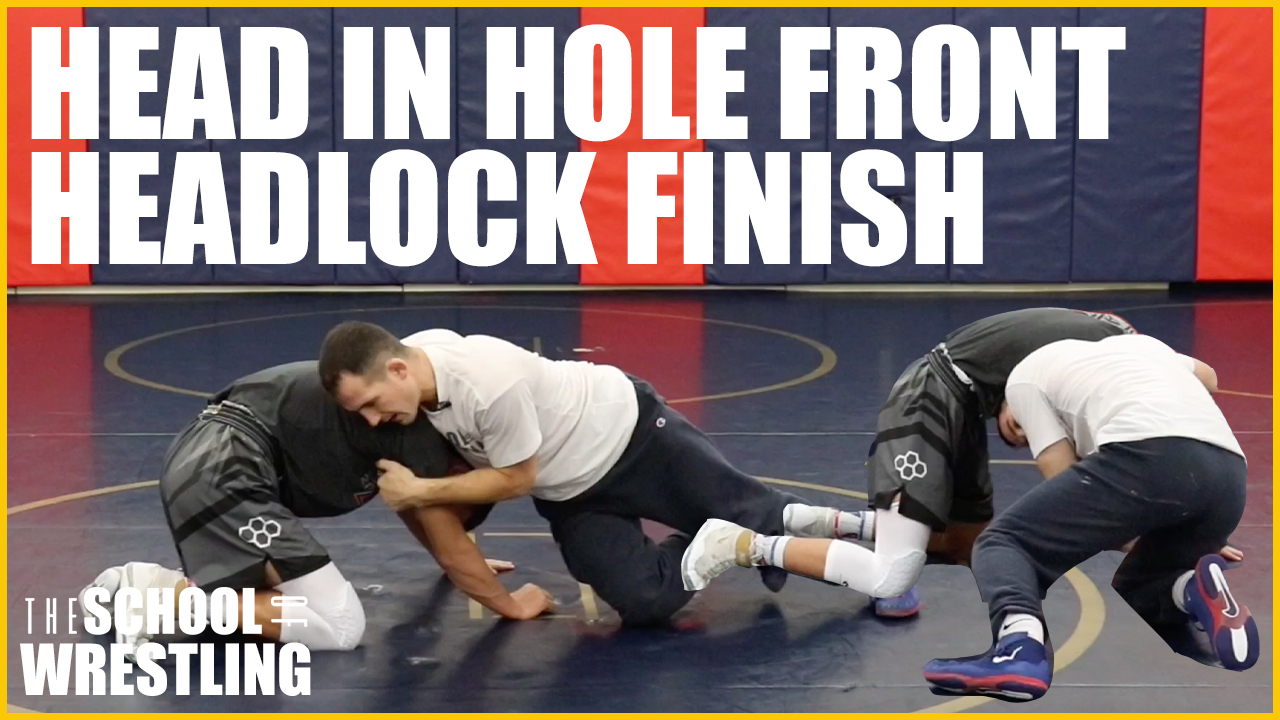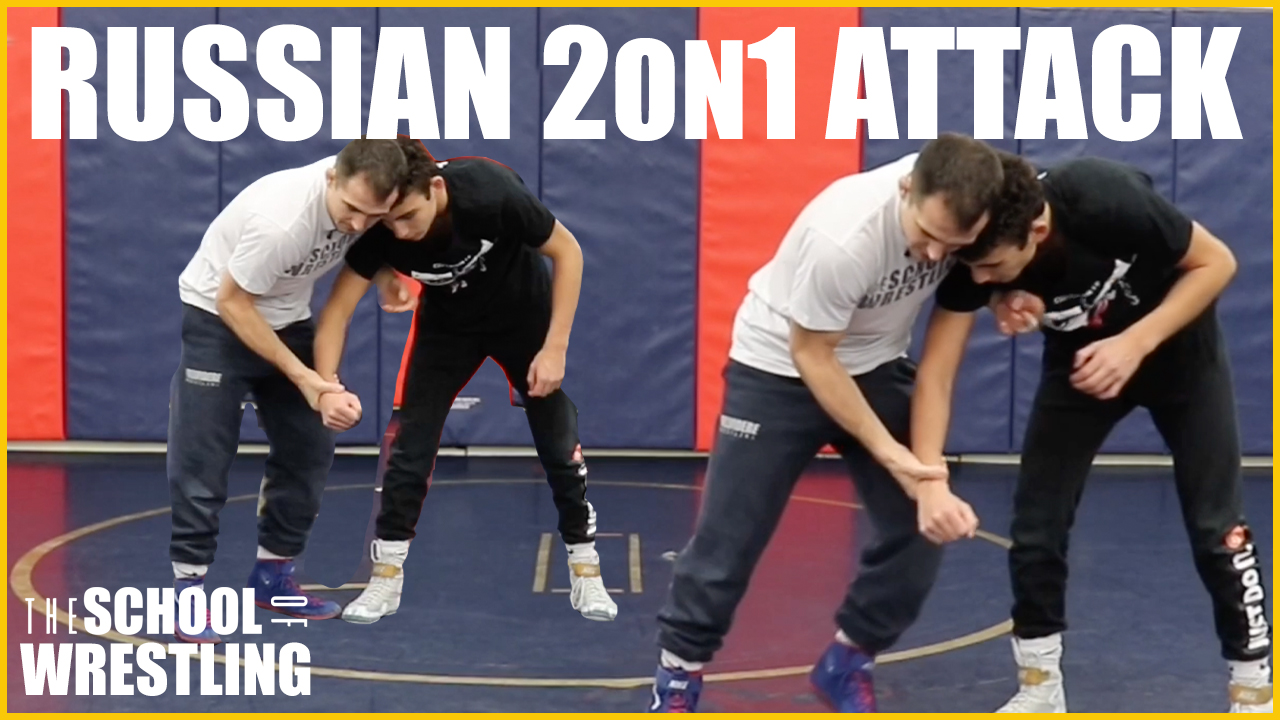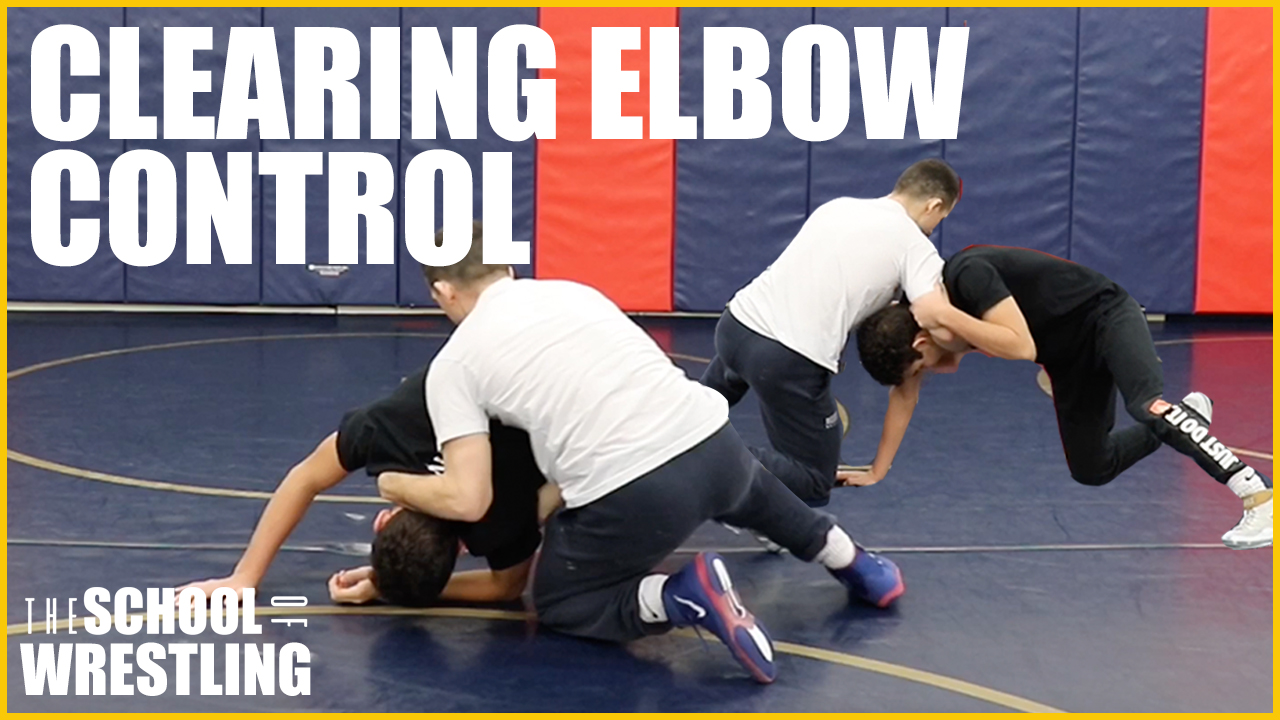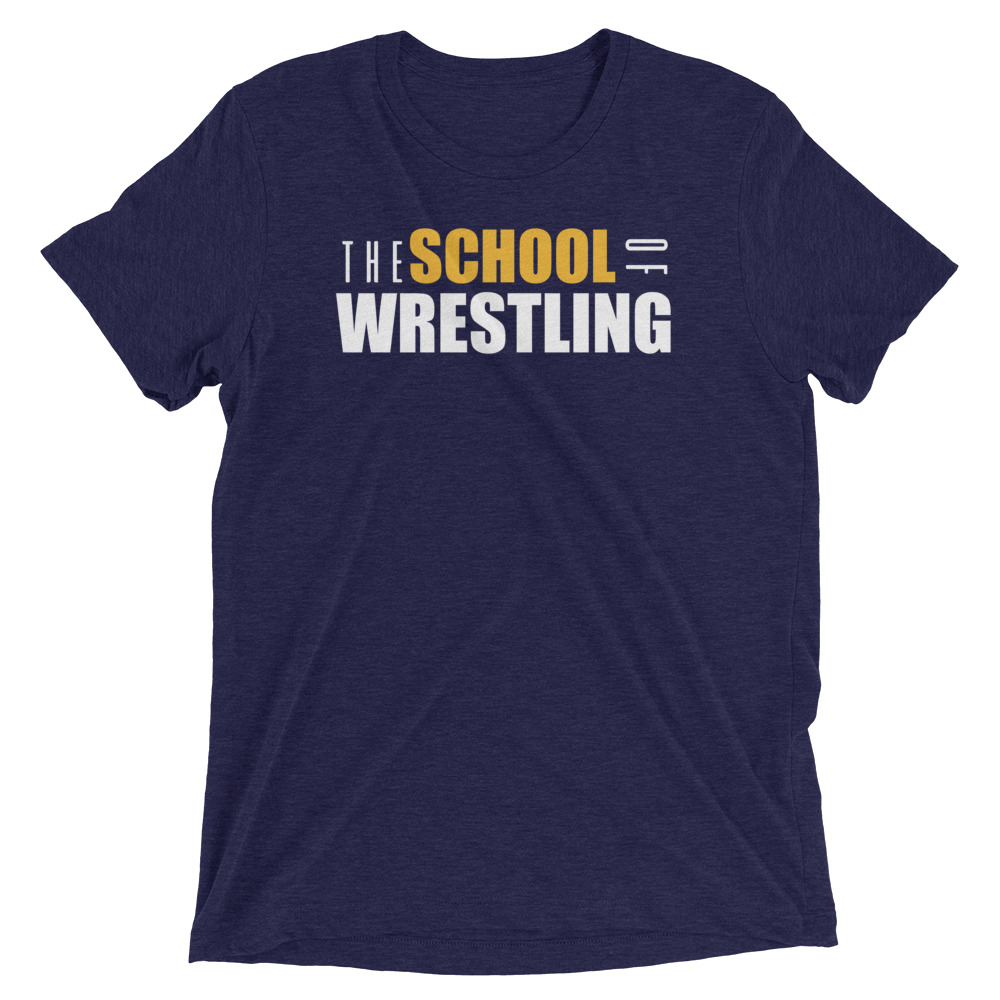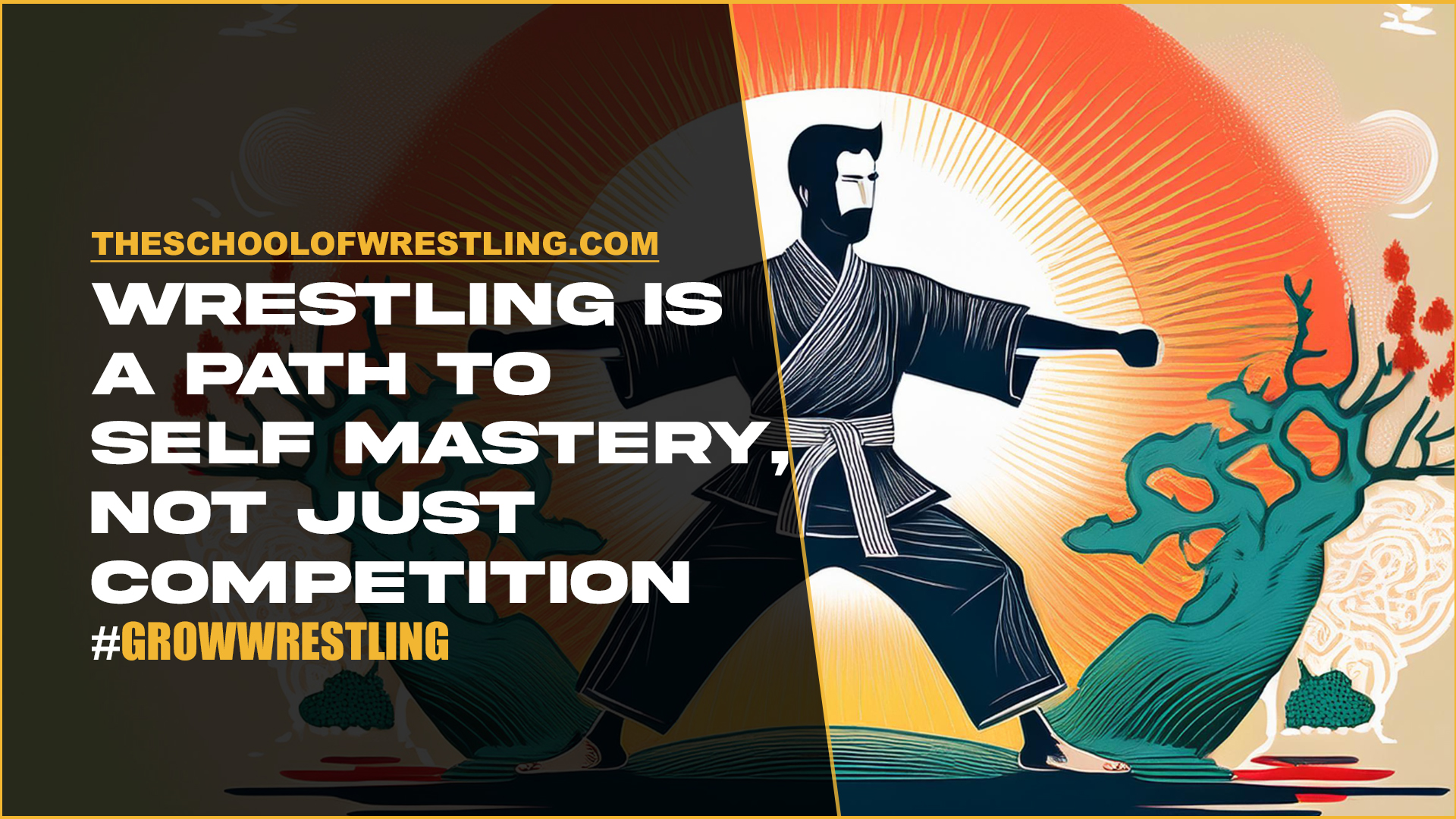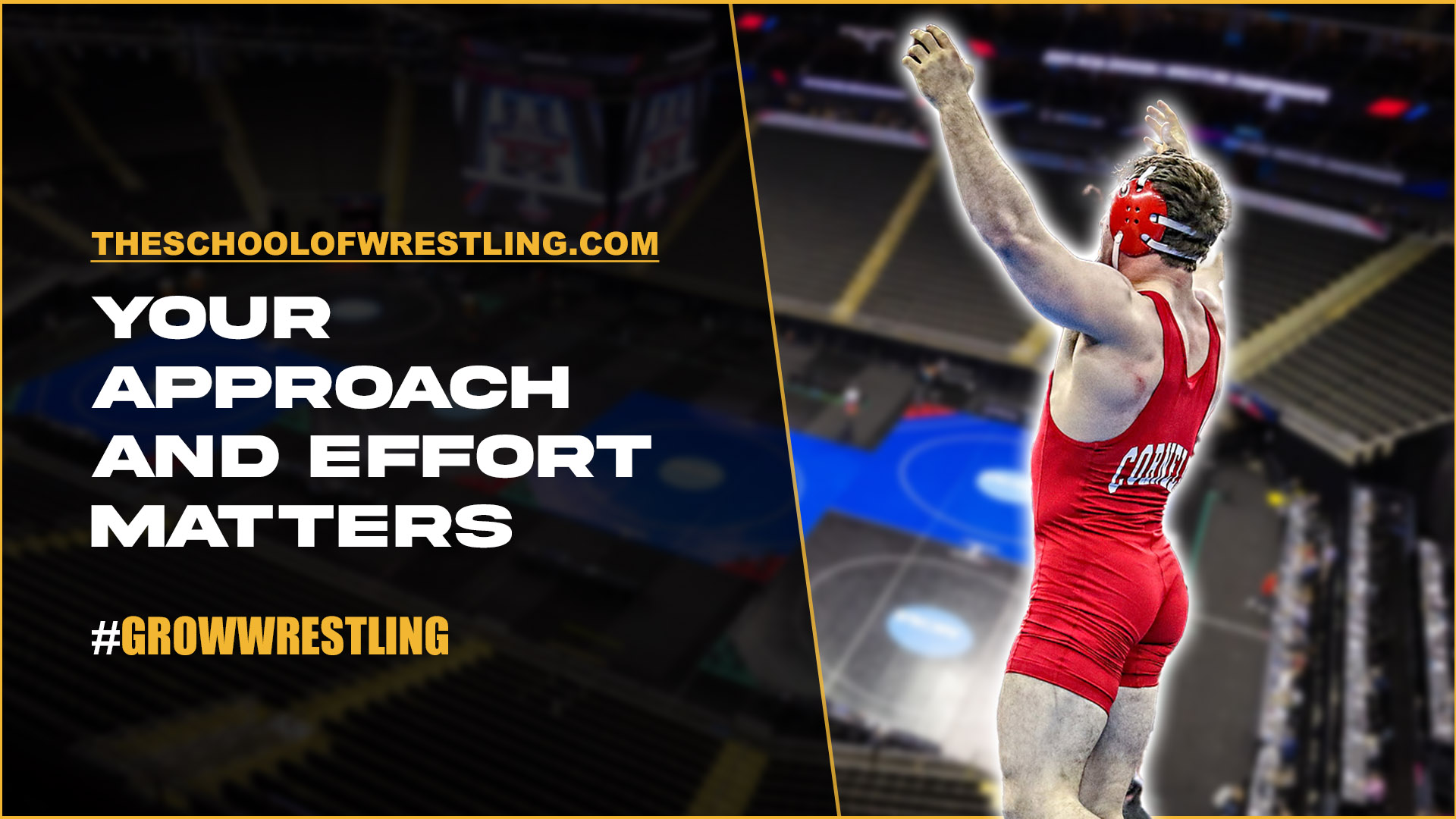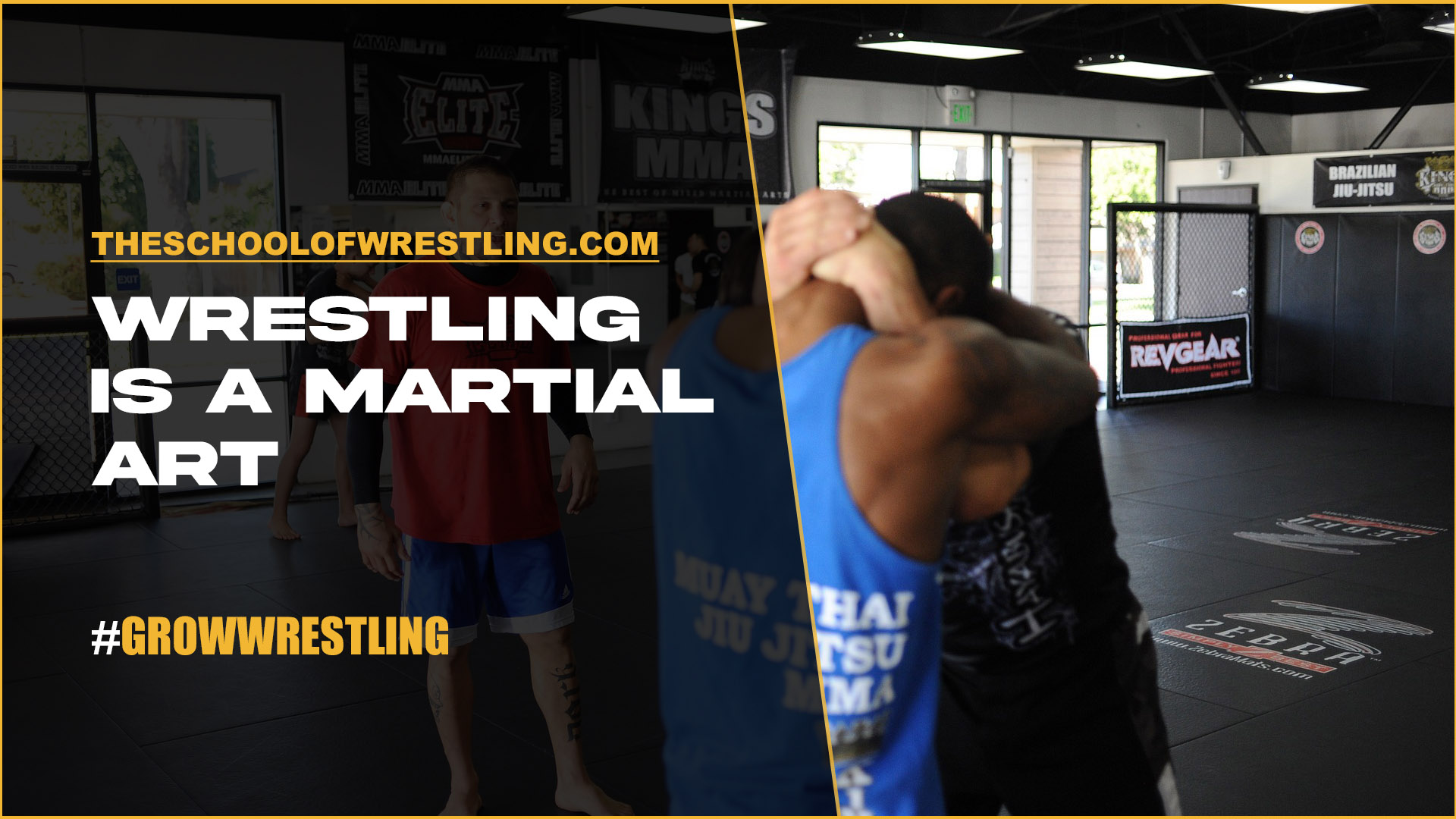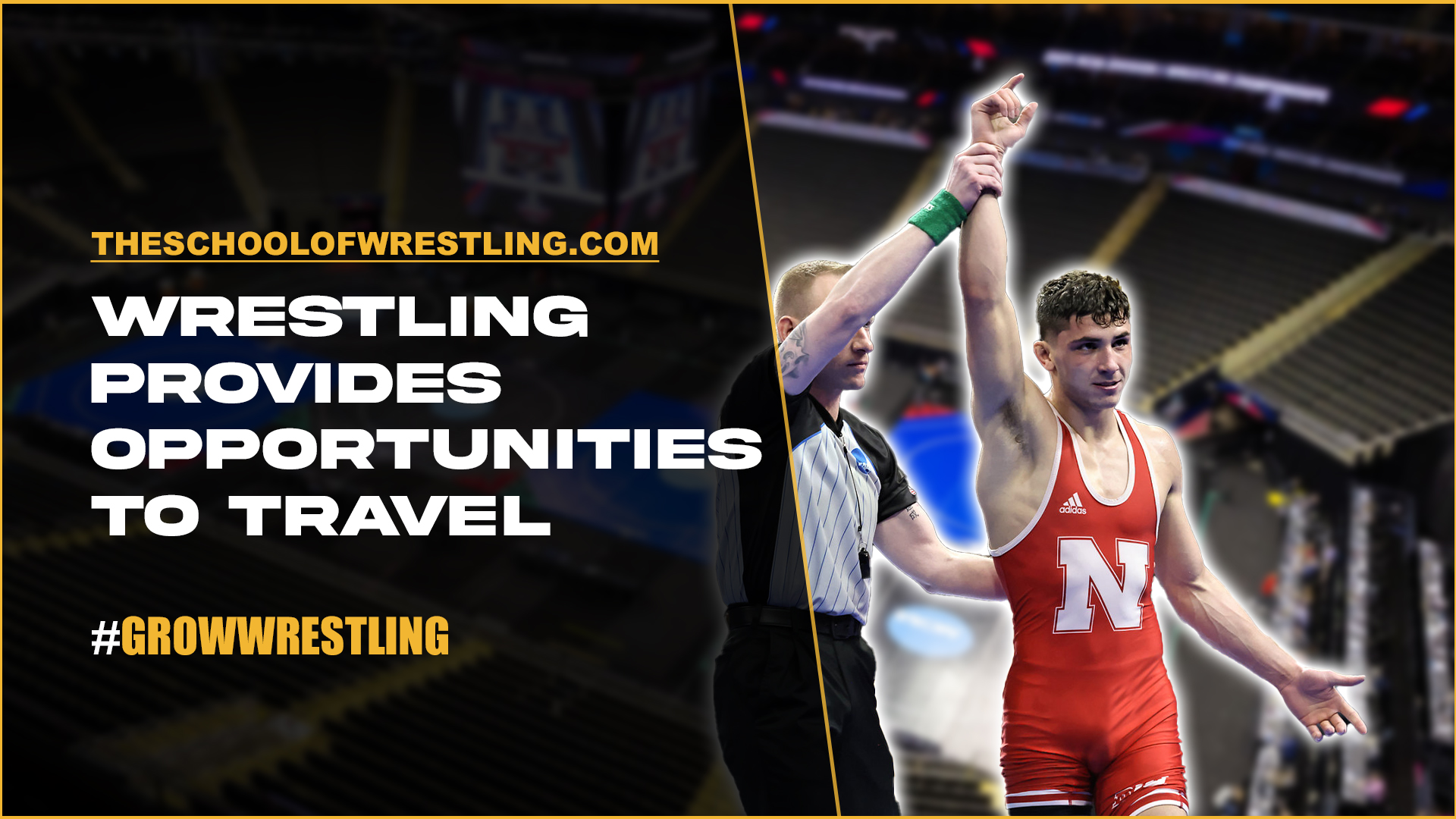In the rapidly evolving world of sports, professionalism is being redefined. The traditional markers of success—technical skill, competitive accolades, and sportsmanship—are now intertwined with a new, powerful force: attention. Platforms like YouTube, Instagram, and TikTok have turned athletes into content creators, where views, likes, and engagement can be as influential as tournament wins. This shift has been amplified by the NCAA’s Name, Image, and Likeness (NIL) policy, allowing college athletes to monetize their personal brands like never before.
For wrestlers, this transformation is both an opportunity and a challenge. On one hand, the ability to build a brand outside the mat has created new financial possibilities. On the other, it raises a question: what does it mean to be a professional in a world where attention often outweighs ability? Figures like Jake Paul have shown that spectacle and storytelling can drive success even in combat sports, blurring the line between elite athleticism and entertainment.
As technology continues to reshape how we consume sports, wrestling—and the broader athletic community—must grapple with these changes. Are we ready for a future where the spotlight matters more than the scoreboard?
What It Means to Be “Professional” Today
Traditionally, professionalism in sports was defined by dedication to mastery, adherence to fair play, and an athlete’s ability to compete at the highest level. But in the post-NIL, social media-driven era, this definition is evolving. Today, a professional athlete is not just a competitor; they are a brand, a storyteller, and often an entrepreneur.
For athletes, success is no longer limited to trophies and medals. It’s about leveraging their platform to attract sponsors, grow a following, and create a sustainable income. The rise of NIL deals has allowed college athletes to cash in on their marketability, but it also demands they wear two hats: one as a competitor and another as a content creator. This dual responsibility has fundamentally altered the meaning of professionalism.
The Impact on Wrestling
Wrestling has always been a sport of grit, discipline, and community. Yet, it has often struggled for mainstream attention compared to other sports. The rise of NIL and content creation offers an unprecedented opportunity for wrestlers to change this narrative.
College wrestlers, for example, can now monetize their talents through endorsements, social media sponsorships, and personal merchandise. Athletes like Gable Steveson have paved the way, showing how a wrestler can command attention not just through dominance on the mat but also through strategic brand-building.
At the same time, this shift comes with challenges. Wrestling, by nature, emphasizes humility, hard work, and respect for the sport. How does that reconcile with the performative nature of social media, where attention often goes to the loudest voices or the most dramatic content? There’s a risk that young athletes may prioritize clicks and likes over their development and integrity as competitors.
Blurring the Lines Between Elite Athletics and Content Creation
The divide between sports and entertainment has never been thinner. Jake Paul is a prime example of this phenomenon. While not a traditional athlete, Paul has leveraged his massive online following to generate attention and legitimacy in boxing—a sport where skill historically mattered most. While his fights may not always feature the most skilled opponents, they draw millions of viewers, showing that in this new era, storytelling can outweigh athletic ability.
For wrestling, this blurring of lines raises important questions. Will athletes feel pressure to focus on their online personas rather than honing their craft? Can a balance be struck where content complements, rather than overshadows, competition?
The reality is that audiences are hungry for entertainment. Spectacle and drama are more engaging than silent excellence. To thrive, wrestlers may need to embrace aspects of this trend while staying true to the sport’s core values.
Speculation vs. Competition: A Changing Narrative
One of the timeless joys of sports is the debate over who is the best. Historically, this question was settled through competition—head-to-head matchups, tournaments, and championships. But today, speculation plays an increasingly large role. Social media highlights and viral moments can shape public perception more than results.
In wrestling, this could mean that the athlete with the most followers, rather than the most wins, becomes the face of the sport. While this visibility can benefit wrestling as a whole, it risks shifting the focus away from the mat and toward the camera.
What This Means for the Next Generation of Wrestlers
For young wrestlers, the path to success is no longer linear. They must now balance physical and technical development with brand-building. This can be daunting, but it also opens doors to opportunities previous generations never had.
Opportunities:
- Greater financial independence through NIL deals and sponsorships.
- The ability to grow the sport by reaching audiences beyond traditional wrestling circles.
- Building a personal brand that extends beyond their athletic career.
Challenges:
- The pressure to prioritize content creation over training and competition.
- Burnout from trying to maintain a strong online presence while excelling in the sport.
- The potential to lose sight of wrestling’s core values in the pursuit of attention.
To navigate this, wrestlers need guidance—from coaches, mentors, and organizations—that emphasizes balance. They must learn to leverage the tools of this new era without compromising their integrity or focus.
A New Era of Professionalism in Sports
The future of sports is being shaped by technology, social media, and the rise of content-driven platforms. For wrestling, this represents both a challenge and an opportunity. The sport can embrace these changes to grow its audience and provide athletes with new paths to success, but it must do so carefully, preserving the values that make wrestling special.


